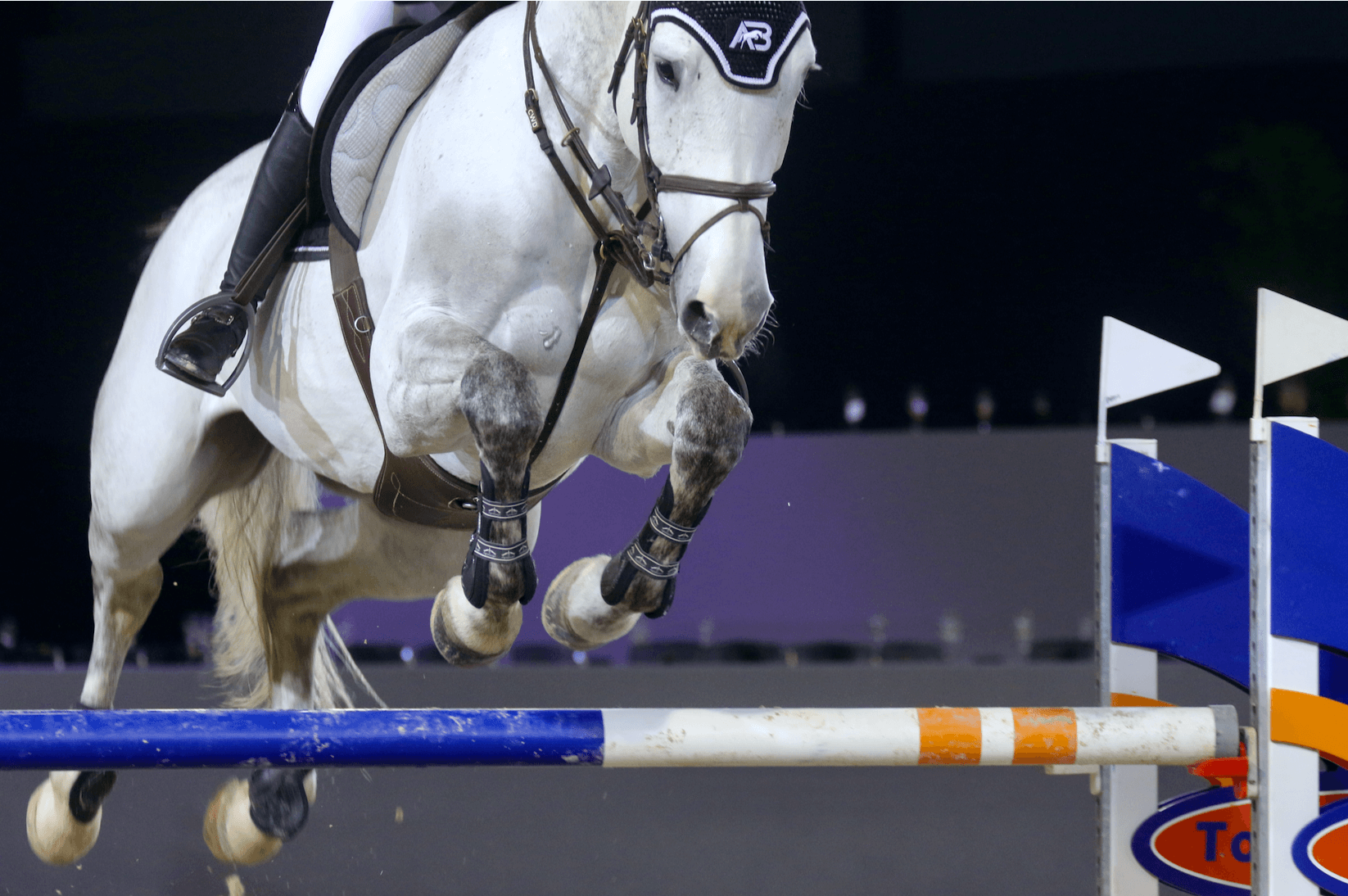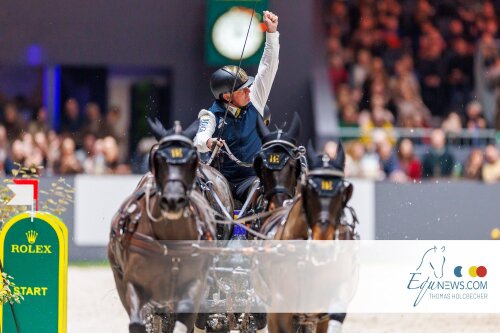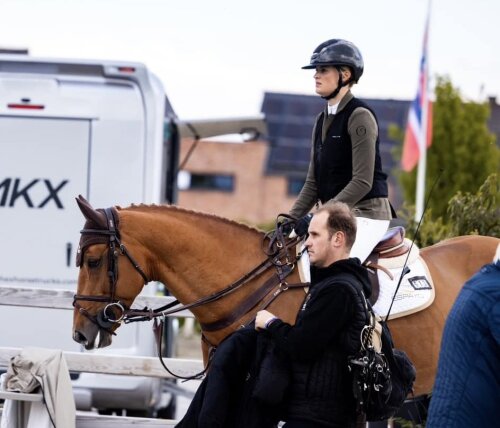The FEI is working on a full revision of the showjumping rules and recently published a first draft, including notable proposals concerning blood cases and whip use.
The International Jumping Riders Club (IJRC) continues to advocate for greater proportionality in sanctions for so-called micro blood cases. Following incidents such as the elimination of Pedro Veniss at the Olympic Games in Paris, the IJRC proposes distinguishing between accidental micro-injuries and clear cases of spur abuse. In the case of accidental blood traces, confirmed by a veterinarian, a warning or “not classified” status would suffice. Repeat offenses would result in gradually heavier sanctions.
The Swedish and Irish federations are calling for harmonization of blood rules across disciplines. Ireland specifically requested that the rule state that blood must be caused by spurs or a whip to justify a sanction, as injuries can also result from contact with jump equipment.
The FEI proposes that in cases of minor bleeding due to natural causes, such as insect bites or a bitten lip, the horse may continue as long as the bleeding stops. In other cases, elimination follows. Repeat violations would lead to a CHF 1,000 fine and a one-month suspension.
According to IJRC director Eleonora Ottaviani, it is crucial that a veterinarian, not an official, determines whether a case is serious. She emphasized the importance of balancing horse welfare, fairness, and public perception.
The IJRC also called for more clarity on when a ground jury president may eliminate a combination mid-round. In doubtful situations, they suggest allowing the round to be completed first and making a fair decision afterward using video footage. The FEI rejected this proposal, citing the vagueness of terms like “doubtful”.
Finally, British Equestrian submitted a striking proposal: to replace the traditional whip with a padded baton, as has been mandatory at national competitions in Britain since 2022. Since its introduction, no new blood marks have reportedly occurred. The FEI, however, proposes to separate whip and equipment rules from the general sport regulations, allowing them to be adjusted independently and more flexibly.
Feedback on the draft proposals can be submitted until 26 August. The final version is expected in October, with a vote at the FEI General Assembly on 7 November.



